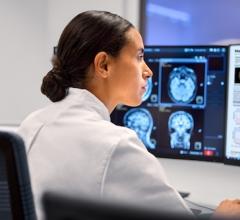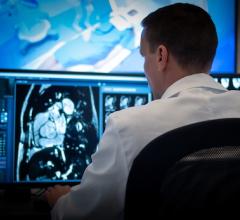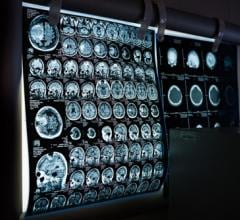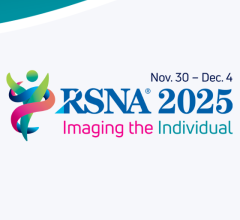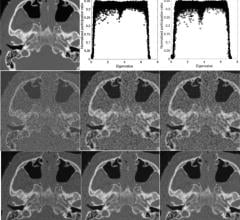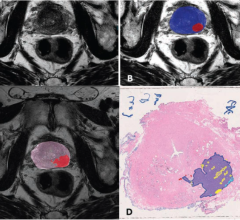April 30, 2009 - In the first neuroimaging study to examine motor execution in children with autism, researchers at the Kennedy Krieger Institute used fMRI found that children with autism relied more heavily on a region of the brain responsible for conscious, effortful movement, while their typically developing peers utilized a region of the brain important for automating motor tasks.
The study published online in the journal Brain's April 23 Brain Advanced Access, compared the brain activity of children with high functioning autism and their typically developing peers while performing a simple motor task tapping their fingers in sequence. The researchers Children with autism also showed less connectivity between different regions of the brain involved in coordinating and executing movement, supporting the theory that a decreased ability of distant regions of the brain to communicate with each other forms the neurological basis of autism.
Researchers used fMRI scans to examine the brain activity of 13 children with high functioning autism and 13 typically developing children while performing sequential finger tapping. The typically developing children had increased activity in the cerebellum, a region of the brain important for automating motor tasks, while children with autism had increased activity in the supplementary motor area (SMA), a region of the brain important for conscious movement. This suggests children with autism have to recruit and rely on more conscious, effortful motor planning because they are not able to rely on the cerebellum to automate tasks.
Researchers also examined the functional connectivity of the brain regions involved in motor planning and execution in order to compare the activity between different brain regions involved in the same task. The children with autism showed substantially decreased connectivity between the different brain regions involved in motor planning and execution. These results add to increasing evidence that autism is related to abnormalities in structural and functional brain connectivity, which makes it difficult for distant regions of the brain to learn skills and coordinate activities.
"Tapping your fingers is a simple action, but it involves communication and coordination between several regions of the brain," said Dr. Stewart H. Mostofsky, senior study author and a pediatric neurologist in the Department of Developmental Cognitive Neurology at the Kennedy Krieger Institute. "These results suggest that in children with autism, fairly close regions of the brains involved in motor tasks have difficulty coordinating activity. If decreased connectivity is at the heart of autism, it makes sense social and communication skills are greatly impaired, as they involve even more complex coordination between more distant areas of the brain."
While autism is characterized by impaired communication and social skills, these abilities are hard for scientists to measure and quantify. In contrast, the neurological processes behind motor skills are well understood, and motor tasks can be objectively observed and measured. Examining motor execution provides researchers a way to study the basic brain systems important for learning and guiding actions, which has important implications for all learned behavior, including complex communication and social skills. Researchers at the Kennedy Krieger Institute have been using the study of motor skills as an important window into the neurobiological basis of autism.
"When we learn to interact with the world around us, we acquire many skills," said Dr. Mostofsky. "Whether they are complex social skills or simple motor skills, they all begin with the brain responding to a stimulus and learning the appropriate response. In this way, studying motor skills provides important information about how the brain of a child with autism learns differently, and how autism affects the basic neural systems important for acquiring all skills, from tapping your toes in rhythm to recognizing emotions in the facial expressions of others."
Funding support for this study was provided through grants from the National Alliance for Autism Research/Autism Speaks, the National Institutes of Health and the Johns Hopkins General Clinical Research Center.
For more information: www.kennedykrieger.org

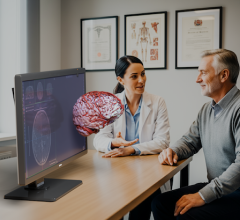
 November 20, 2025
November 20, 2025 
